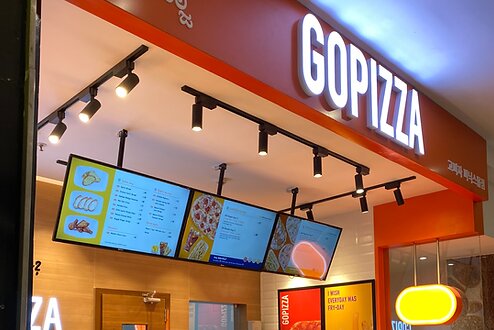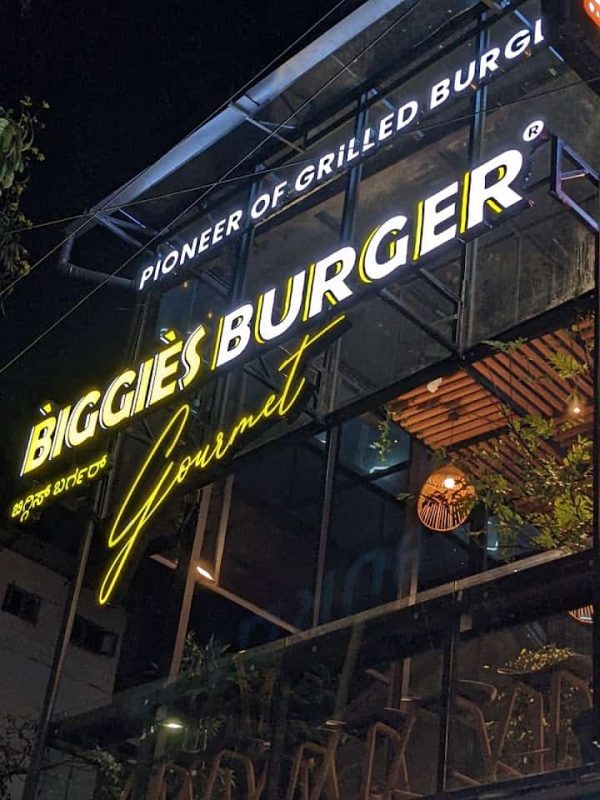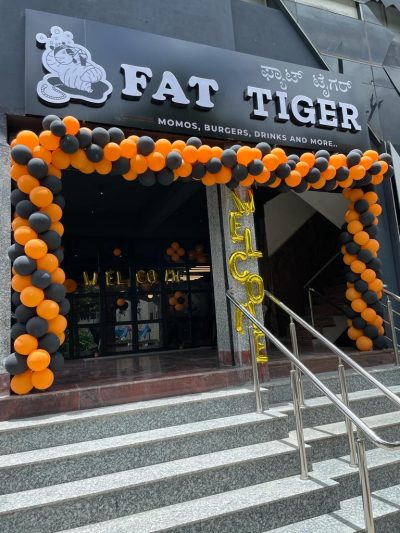
Quick-service restaurant (QSR) players are rapidly embracing artificial intelligence (AI), the Internet of Things (IoT), robotics, digitalization and more tech to delight their customers
New Delhi: The Quick Service Restaurant (QSR) market in India is expected to reach Rs 431.27 billion by 2027, a report by Research and Markets stated. Over the years, the QSR chains in India have transformed their business to become more customer-friendly and tech-savvy.
Technology has been a major factor driving customer satisfaction in the industry. Maximize Market, a Bengaluru-based market research firm predicts that the global tech in the food services market will reach $373.33 billion by 2029.
With more tech providers in the market and technology costs becoming affordable, the food service industry has embraced technology in various forms including automation, artificial intelligence (AI), the Internet of Things (IoT), robotics, and digitalization.
A critical area where the segment has employed technology is in customer-facing areas such as ordering, dining, payment solutions, display, self-service and table management.
Here’s a look at some major QSR tech for customer experience
Biggies Burger
Bengaluru-based Biggies Burger uses various technologies to enhance customer service. The company told IndiaRetailing that it uses AI algorithms to analyze data that includes customer preferences, purchasing patterns, and seasonal trends.
This insight helps predict demand, optimise inventory, and reduce food waste. In addition, it employs chatbots and virtual assistants to handle customer queries. IoT devices like smart sensors and connected equipment monitor various aspects of operations, including temperature control, equipment performance, and energy usage.
Biggies uses multiple tech services such as point of sale (POS) from Petpooja, Dotpe for barcodes at tables and AI tools by Whatsapp to promote and connect with customers.
“We have implemented self-service kiosks or mobile apps for customers to reduce wait times and enhance efficiency in order timing, we also use mobile applications for customer feedback, and digital brandings for promotional offers,” said Nihar Ranjan Nayak, Cluster Manager, West India at Biggies Burger.
He added that Biggies has allocated around 10% to 15% of the budget toward technology for customer experience and front-end operations.
“However, it significantly varies based on technological advancements and the competitive landscape,” Nayak added.
Furthermore, cloud-based solutions have replaced traditional on-premises systems reducing reliance on expensive hardware and enabling scalability and flexibility in services.
Gopizza
Bengaluru-based QSR Gopizza has a future lab for artificial intelligence and robots, a Parbake Innovation Centre for dough research and development and a Gopizza Goven Tech Centre for R&D on Goven—the company’s patented oven.
The company tells IndiaRetailing that Goven greatly improves efficiency as consumers do not have to wait long to be served freshly baked pizzas.

“The cooperative robot Gobot, which cuts pizza, sprinkles the appropriate sauce and ensures it does not cool down, as well as the AI Smart Topping Table which tracks and monitors the toppings on a pizza, are all the patented technologies that ensure consistency in the quality of food and service,” said Mahesh Reddy, chief executive officer, Gopizza.
Furthermore, in addition to different payment solutions, smart sensors to check and track the availability of tables and occupancy help the pizza chain manage seating more efficiently.
Gopizza also engages in AI-powered customer relationship management to gain a deeper understanding of its customers, implementing targeted digital campaigns, and partnering with them to maximize revenue.
The Fat Tiger
Gurugram-based QSR chain Fat Tiger uses technology for online delivery, payment processing and offering a digital menu.
“These days, we employ technology to speed up the cooking process and boost productivity. This lessens the need for a large culinary crew and enables them to serve more clients in less time,” said Sahil Arya, Co-Founder, Fat Tiger.
The company uses digital display boards and digital menus which makes table management easy.
Baskin Robbins
American ice cream and cake chain Baskin Robbins’ reliance on technology goes far beyond just monitoring product sales.
“Technology is woven into every facet of our operations, influencing everything from initial ideas to communication and oversight,” Mohit Khattar, chief executive officer, Graviss Food Pvt. Ltd.- Baskin Robbins told IMAGES Retail.
“In the past, standard menu translations across the parlours were the norm. Today, they’ve transformed into centrally programmed television panels,” added Khattar.
In addition, Baskin-Robbin uses multiple software to drive business. These are deployed not just at the front end with sales teams but also at the back end to track assets and other areas of its operation.
“Technology is the driving engine behind operations, ensuring not only the quality and timely delivery of our products but also elevating the efficiency and effectiveness of the brand,” added Khattar.
More insightful and stimulating conversations on technology trends in retail are expected at the Phygital Retail Convention (PRC) 2024.










